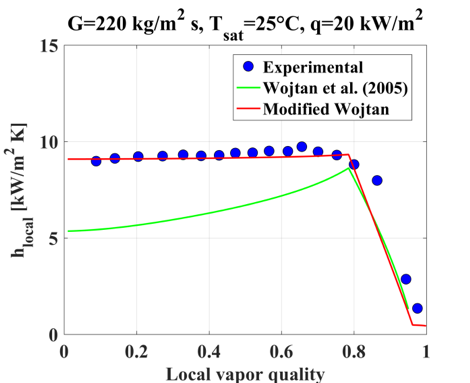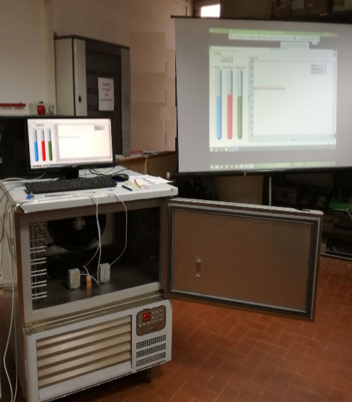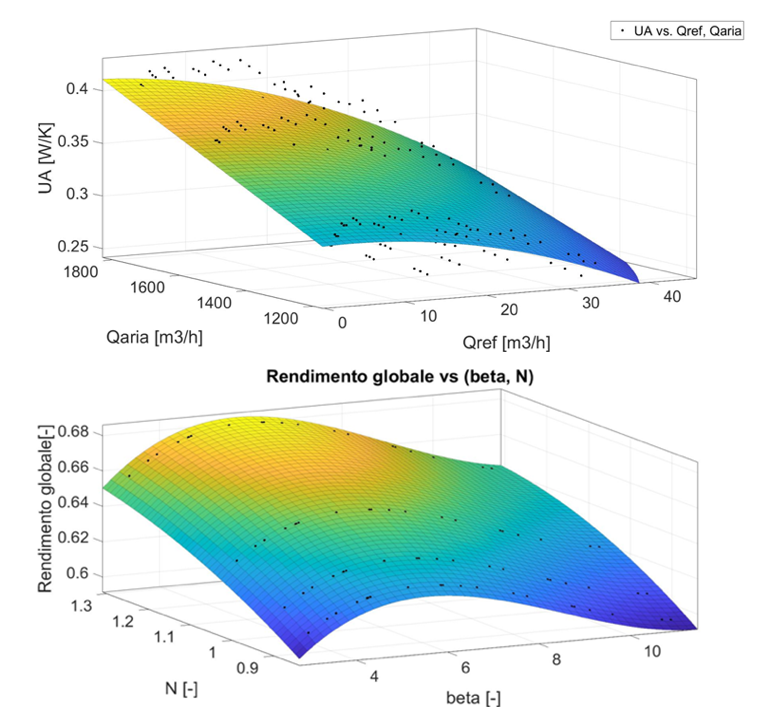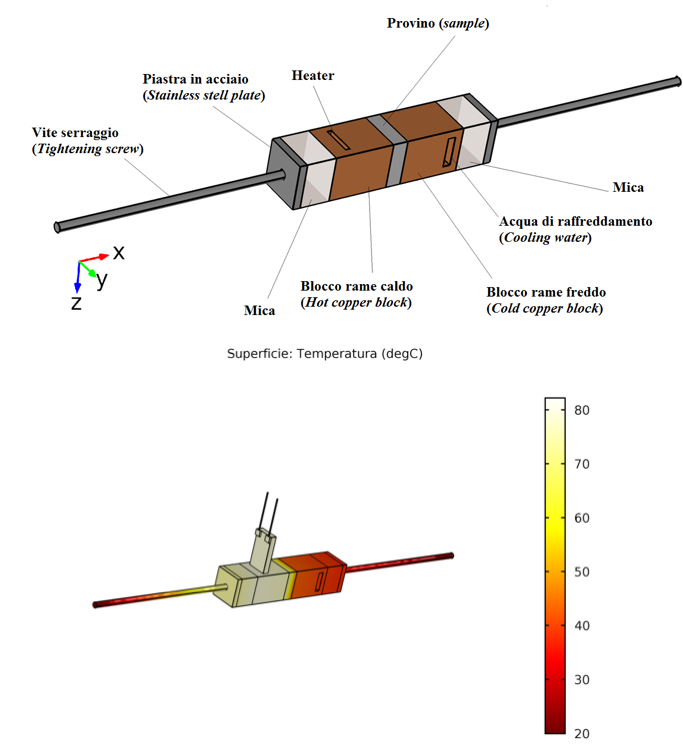Location: P.le Tecchio 80, corpo arretrato, 80125 Napoli
Responsible: prof. Rita Mastrullo, rita.mastrullo@unina.it
Fields of application
The research activity concerns the refrigeration and air conditioning fields, both for commercial/industrial and domestic purposes. The main objective regards the experimental evaluation of the thermo-hydraulic performances of the heat exchangers employed for these applications and the assessment of the prediction methods that can be used in the design process. This is of primary importance for the thermo-economical optimization of component of a refrigeration plant. The experimental activity may be carried out with innovative tubes and geometry, with new environmental-friendly refrigerants in compliance with the most recent limitations imposed by the European F-Gas Regulation. For these conditions, in facts, the effectiveness of the available prediction methods is not always guaranteed.
Possible measurements
The Refrigeration Laboratory is equipped with an experimental facility for the evaluation of the two-phase flow boiling heat transfer coefficient and pressure drop inside tubes.
Condizioni operative
<style="text-align: justify;" data-mce-type="text/css">The test facility, shown in Figure 2, can be employed with all the fluids used in the refrigeration and air conditioning fields: HFC and HFC mixtures (R134a, R245fa, R32, R410A, R404A…), HFO and HFO mixtures (R1234yf, R1234ze, R452A…), HC (R290, R600a…). Additional substances may also be considered.
Possible saturation temperatures: Tsat: -10/+80 °C
Possible mass fluxes: G: 50-700 kg/m2 s
Heat fluxes: q: 0-120 kW/m2
Tube diameters: d ≤ 8 mm
Test section
Stability analysis and measurement quality
The main variables are remotely controlled by means of a friendly user interface conceived with Labview software (see Figure), that allows the monitoring and control of the parameters of interest.
The data recording may be permitted only when the expanded uncertainty of each variable, evaluated in real time, is below a chosen threshold.This procedure leads to high-quality experimental databases. Typical values of the results and operating parameters overall uncertainty are: Saturation temperature: ±0.07 °C , Mass flux: ±1.5 %, Heat flux: ±0.70 %, Heat transfer coefficient: ±10 %, Pressure gradient: ±1%. As an example, some results are shown in Figure: the heat transfer coefficient and the frictional pressure gradient are displayed as a function of the main operating parameters (heat flux q, mass flux G, saturation temperature Tsat and vapor quality x)
Assessment
The experimental trends are compared with the expected values calculated by using the prediction method available in scientific literature (see for instance Figure). The computation of the statistical parameters (such as the Mean Absolute Error MAE and the Mean Relative Error MRE) suggests which is the correlation that best fits the experimental data and therefore can be used as an effective design tool.
Calibration of available predictive methods
The correlations available in literature are aduste and modified according to the experimental data, in order to improve their predictive accuracy. An example is given in Figure.
Performance evaluation and modeling of small scale refrigeration systems
Experiments in both steady state and transient conditions performed with small scale refrigeration and heat pump systems. The performance of each element (compressors, heat exchangers, expansion valve and refrigeration cell) is evaluated by means of ad-hoc calibrated models.
Evaluation of the thermal conductivity in steady state conditions for metals obtained with additive manufacturing
Experimental evaluation of the thermal conductivity for unconventional materials created through additive manufacturing technology. For these metals, the typical thermophysical properties (specific heat, density…) are unknown.
Measurable conductivity range: 1≤k≤100 W/m K
Operating temperatures: 5≤T≤150 °C
Measurement accuracy: u(k)≤5%











 Dipartimento di Ingegneria Industriale
Dipartimento di Ingegneria Industriale